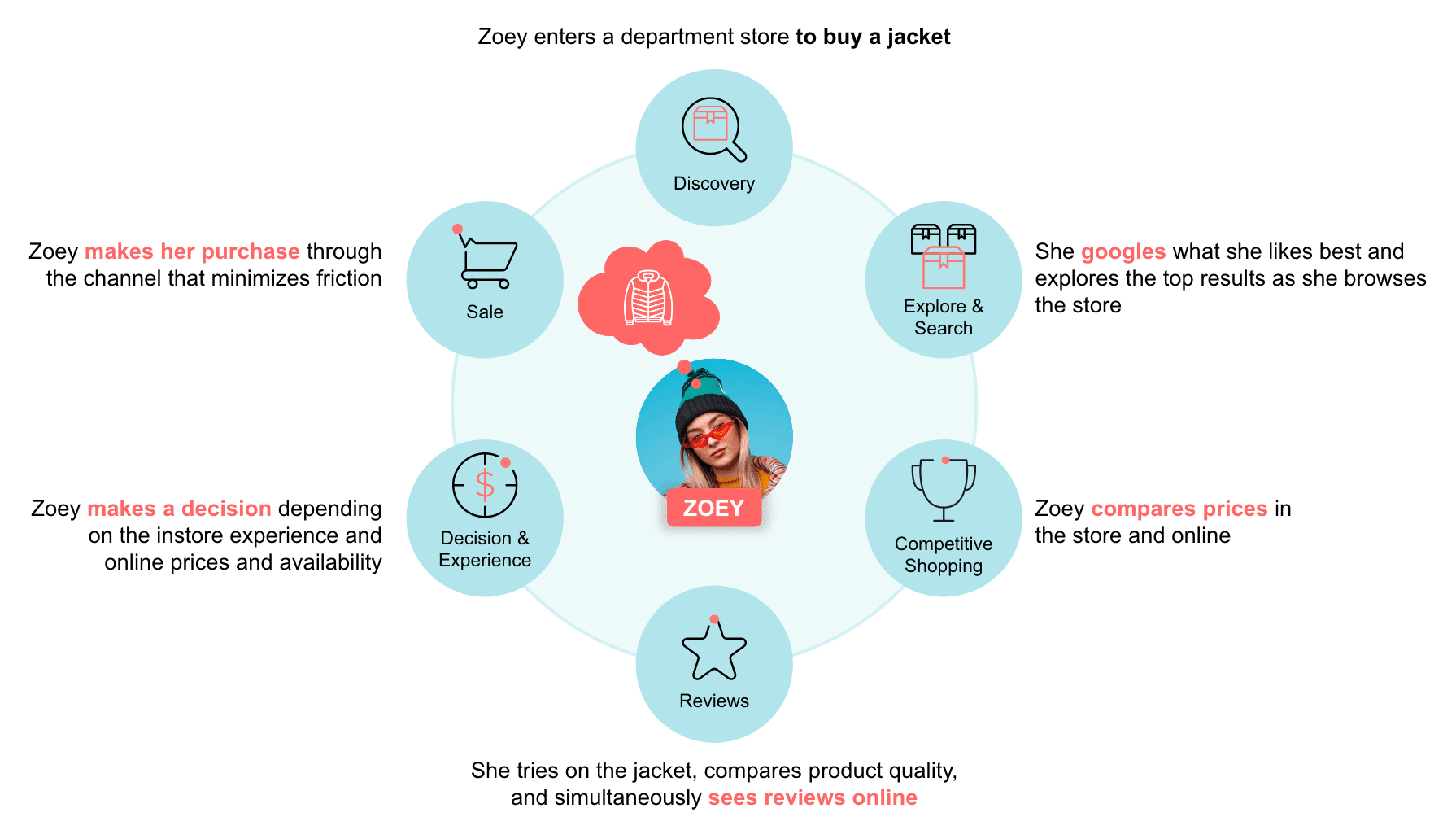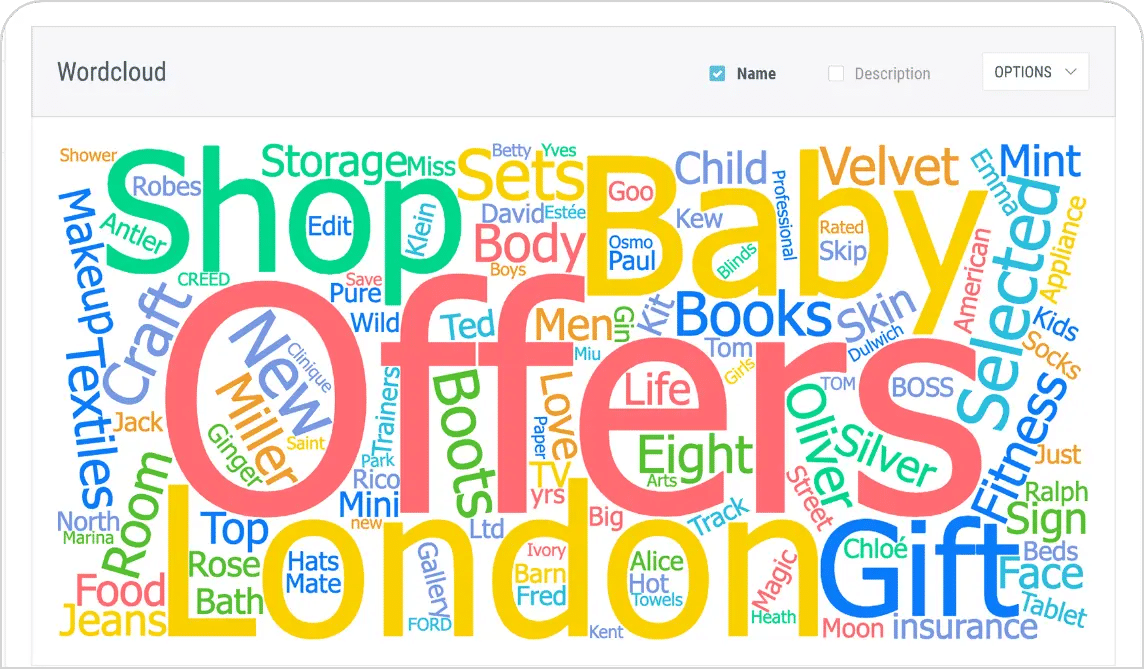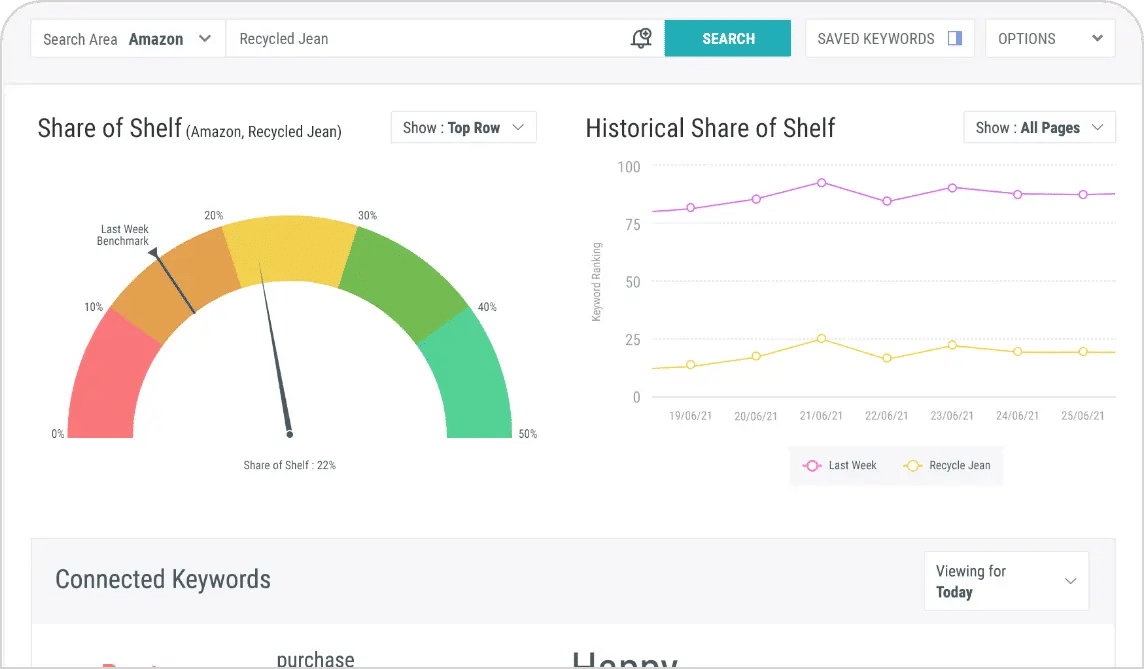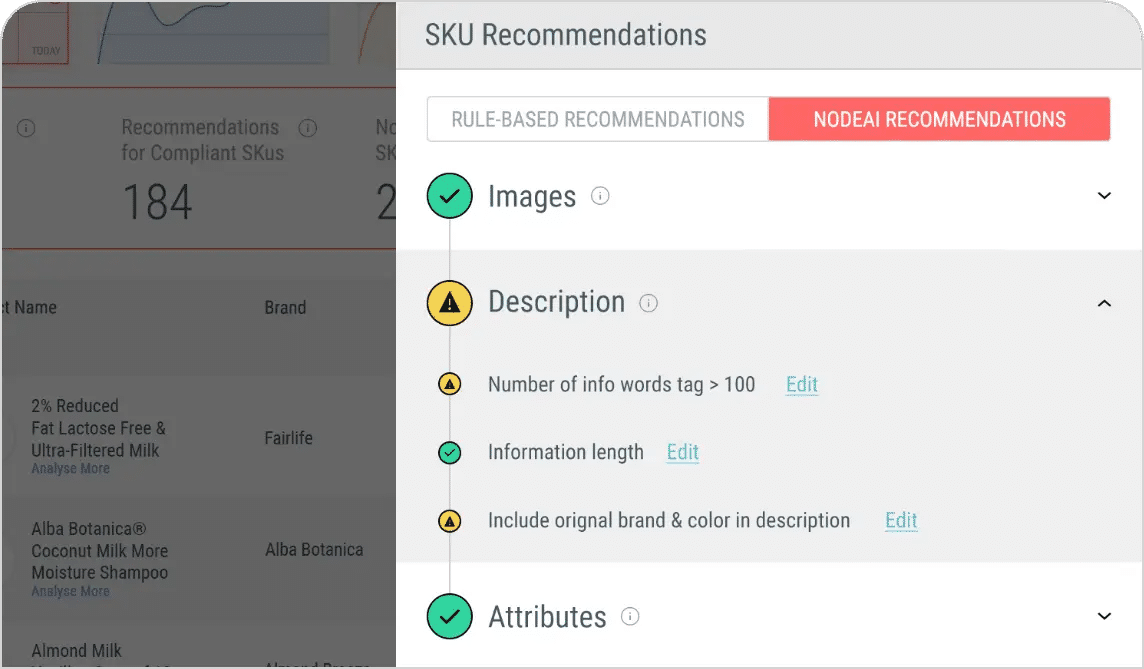A Comprehensive Guide to
Winning the Digital Shelf!
In the dynamic world of eCommerce, the ‘Digital Shelf’ has become the most
competitive arena. Unlike physical store shelves, the digital shelf is a fluid and ever-changing
space where products compete for online visibility. Here, every user
interaction – clicks, hovers, and scrolls – reshapes this virtual landscape, highlighting
its volatile nature and intense competitiveness.


In this guide, we’ll delve into the intricacies of how to rank your eCommerce store effectively, understanding the nuances of SERPs, and why prioritizing organic results over paid efforts is a strategic move for long-term success.










